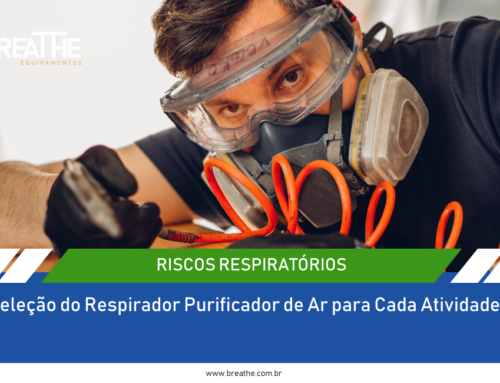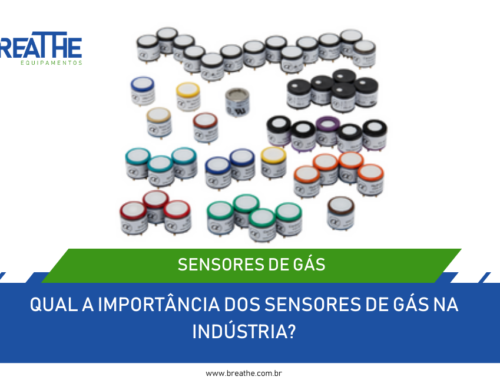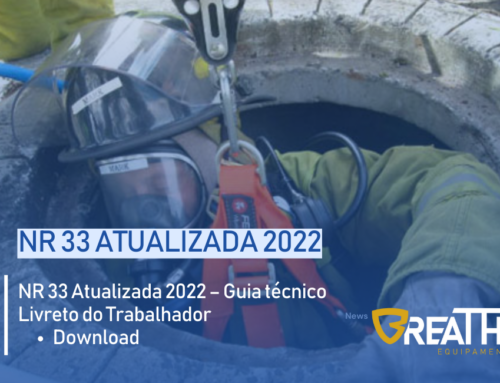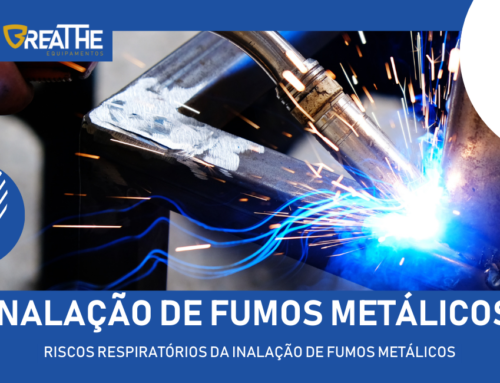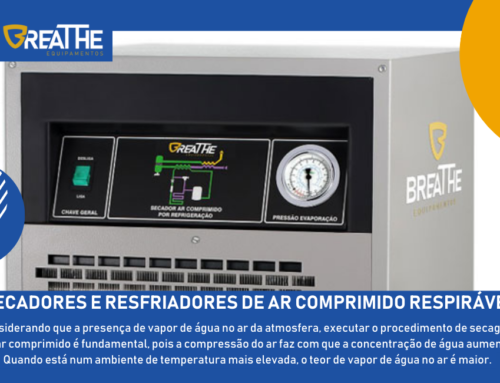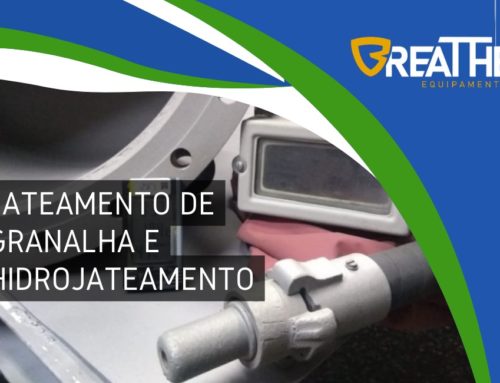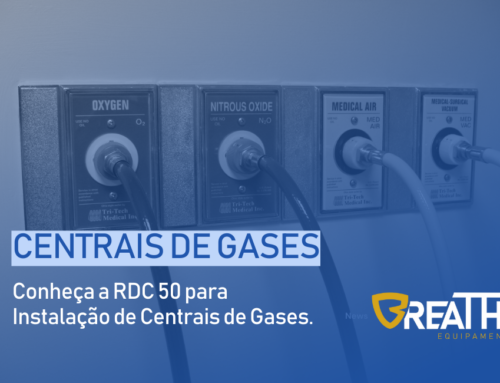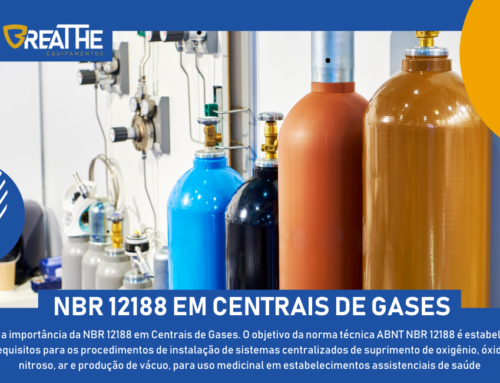OSHA ar respirável. OSHA’s Respiratory Protection Standard 29 CFR 1910.134
OSHA ar respirável. A OSHA’s Respiratory Protection Standard 29 CFR 1910.134 especifica os padrões de Proteção de Respiratória para Ar Respirável Grau D. Abaixo você pode acessar o conteúdo completo de uma apresentação sobre os padrões de proteção respiratória, segundo a OSHA:
Apresentação – Padrões de Proteção Respiratória – OSHA – Grau D
Negative pressure respirator (tight fitting) means a respirator in which the air pressure inside the facepiece is negative during inhalation with respect to the ambient air pressure outside the respirator.
Oxygen deficient atmosphere means an atmosphere with an oxygen content below 19.5% by volume.
Physician or other licensed health care professional (PLHCP) means an individual whose legally permitted scope of practice (i.e., license, registration, or certification) allows him or her to independently provide, or be delegated the responsibility to provide, some or all of the health care services required by paragraph (e) of this section.
Positive pressure respirator means a respirator in which the pressure inside the respiratory inlet covering exceeds the ambient air pressure outside the respirator.
Powered air-purifying respirator (PAPR) means an air-purifying respirator that uses a blower to force the ambient air through air-purifying elements to the inlet covering.
Pressure demand respirator means a positive pressure atmosphere-supplying respirator that admits breathing air to the facepiece when the positive pressure is reduced inside the facepiece by inhalation.
Qualitative fit test (QLFT) means a pass/fail fit test to assess the adequacy of respirator fit that relies on the individual’s response to the test agent.
Quantitative fit test (QNFT) means an assessment of the adequacy of respirator fit by numerically measuring the amount of leakage into the respirator.
Respiratory inlet covering means that portion of a respirator that forms the protective barrier between the user’s respiratory tract and an air-purifying device or breathing air source, or both. It may be a facepiece, helmet, hood, suit, or a mouthpiece respirator with nose clamp.
Self-contained breathing apparatus (SCBA) means an atmosphere-supplying respirator for which the breathing air source is designed to be carried by the user.
Service life means the period of time that a respirator, filter or sorbent, or other respiratory equipment provides adequate protection to the wearer.
Supplied-air respirator (SAR) or airline respirator means an atmosphere-supplying respirator for which the source of breathing air is not designed to be carried by the user.
This section means this respiratory protection standard.
Tight-fitting facepiece means a respiratory inlet covering that forms a complete seal with the face.
User seal check means an action conducted by the respirator user to determine if the respirator is properly seated to the face.


